
Light Bulbs: The different shapes of light bulbs
Search
Main Article: Choosing the Right Light Bulb: Everything you Need to know
Understanding the Different Shapes of Light Bulb
There are many different shapes and sizes of light bulbs. Each shape is designed for a specific purpose, which can make your lighting more effective and appealing. Each design serves a specific purpose to optimize lighting for different environments and tasks. The shape of a light bulb influences how light is emitted, the direction of the beam, and the overall efficiency of the bulb.
Some shapes are designed to provide broad, ambient light, while others focus light in a specific direction for tasks or accent lighting. Some shapes are tailored to fit particular fixtures, ensuring that they not only function well but also enhance the visual appeal of the space. Understanding the purpose behind each bulb shape can help you make informed choices when selecting lighting for your home or business.
A-Shaped Bulbs

Description
The A-shaped bulb, also known as the "standard" bulb, is the most common light bulb shape found in households and businesses alike. It resembles a pear (the fruit) and is typically what you picture when you think of a light bulb. These bulbs have a rounded top and a screw base, which allows them to fit easily into standard light fixtures. They are designed to provide a broad beam of light and are often made from clear or frosted glass, which helps to diffuse the light evenly throughout the space.
Purpose and Use
A-shaped bulbs are versatile and can be used in various settings, making them one of the most popular choices for everyday lighting. They are commonly found in table lamps, ceiling fixtures, and floor lamps. Most people use these bulbs in their homes for general lighting, where they can illuminate a room effectively. Additionally, they are also used in commercial settings, such as offices and retail stores, where consistent and reliable lighting is essential.
Benefits
- Widely Available: A-shaped bulbs are easy to find in stores and online, making them a convenient option.
- Variety of Options: They come in different wattages, brightness levels, and types (like incandescent, LED, or CFL), allowing you to choose the right bulb for your specific needs.
- Familiar Design: Their classic shape fits well with most fixtures and styles of decor, making them a staple in many households. The bulb emits light in all directions and doesn't protrude too far out of the fixture.
Globe Bulbs

Description
Globe bulbs are like a sphere and have a smooth, round shape that distinguishes them from other types of bulbs. They come in various sizes, typically ranging from 2 to 6 inches in diameter, and the surface can be frosted or clear. The globe shape allows for an even distribution of light, creating a soft, inviting glow. These bulbs are often used in decorative fixtures where aesthetics are important, as their design is visually appealing and complements various styles.
Purpose and Use
Globe bulbs are perfect for fixtures where the bulb is exposed, as they can add an element of style to the overall decor, compared with regular bulbs. You can find them in bathroom vanities, pendant lights, and decorative lamps, where they can enhance the ambiance of the space. Their ability to provide a soft, diffused light makes them especially suitable for creating a relaxing atmosphere in living rooms and bedrooms. Additionally, they can be used in commercial settings, such as restaurants and hotels, to create an inviting environment for customers.
Benefits
- Aesthetically Pleasing: Globe bulbs add a decorative touch to light fixtures, making them a popular choice for stylish interiors.
- Soft Lighting: They produce a gentle light, which is great for relaxing spaces, helping to create a calm and soothing environment.
- Versatile Sizes: Available in different sizes to suit various fixtures, making it easy to find the right fit for your lighting needs.
Candelabra Bulbs

Description
Candelabra bulbs have a slender, elegant shape that resembles a candle flame, making them a favorite for decorative applications. They often have a smaller base (E12) compared to standard bulbs, which makes them ideal for decorative fixtures where space is limited. The delicate design of these bulbs enhances the beauty of chandeliers, sconces, and other light fixtures, creating a charming and sophisticated look. They are available in both clear and frosted finishes.
Purpose and Use
These bulbs are typically used in chandeliers, sconces, and other decorative light fixtures, where they can create a warm and inviting ambiance. They are especially popular for use in dining rooms and living areas, where the lighting contributes to the overall atmosphere of the space. Candelabra bulbs are often found in restaurants and hotels, where they enhance the decor and create a cozy environment for guests. Their unique shape and design make them an essential component of many elegant forms of lighting.
Benefits
- Elegant Design: Candelabra bulbs add a touch of class to any room, elevating the style of your decor with their beautiful appearance.
- Warm Light: They often come in warm white tones, perfect for creating a cozy atmosphere that is inviting and comfortable.
- Energy-Efficient Options: Many candelabra bulbs are available in LED versions, providing energy savings and longer lifespans without sacrificing style.
PAR Bulbs

Description
PAR stands for "Parabolic Aluminized Reflector," and these bulbs have a unique shape that resembles a flat top with a slightly rounded bottom. They come in various sizes, with the most common being PAR30 and PAR38. The design of PAR bulbs features a reflective coating on the inside, which helps to direct light in a specific direction. This feature makes them especially effective for applications where focused lighting is required.
Purpose and Use
PAR bulbs are typically used in recessed lighting, track lighting, and outdoor floodlights, where their ability to direct light precisely is beneficial. Their design makes them perfect for highlighting artwork, illuminating displays, or providing focused lighting in larger spaces. In outdoor settings, PAR bulbs are often used for security lighting or to enhance landscaping features, ensuring that areas are well-lit and safe. Their versatility makes them a popular choice for both homes and businesses.
Benefits
- Directional Lighting: They provide concentrated light, making them ideal for task lighting and accentuating specific areas or objects.
- Outdoor Use: Many PAR bulbs are designed to withstand outdoor conditions, providing reliable performance in harsh weather.
- Variety of Brightness: Available in different wattages and brightness levels to suit your specific lighting needs, offering flexibility for different environments.
Reflector Bulbs (R-Bulbs)

Description
Reflector bulbs, often called R-bulbs, have a shape similar to PAR bulbs but are typically larger and designed for more substantial applications. They have a reflective coating on the inside that helps to direct light downwards, making them ideal for focused lighting. The R-bulb design allows for greater light output, which is crucial for larger spaces or high-ceiling areas where effective illumination is necessary. The combination of their size and shape enables them to produce bright, efficient lighting.
Purpose and Use
R-bulbs are commonly used in recessed lighting and outdoor fixtures, providing bright, focused lighting in larger spaces. They are excellent for illuminating areas such as auditoriums, warehouses, or large living rooms, where a broad spread of light is needed. Additionally, R-bulbs can be employed in businesses, such as retail stores, where product displays require adequate lighting to attract customers. Their effectiveness in both residential and commercial environments makes them a reliable choice for many lighting needs.
Benefits
- Efficient Lighting: The reflective coating helps maximize light output, ensuring that spaces are well-lit without wasting energy.
- Ideal for High Ceilings: R-bulbs are great for illuminating large areas or rooms with high ceilings, providing sufficient brightness at greater distances.
- Energy-Saving Options: Available in energy-efficient LED versions, which help reduce electricity costs while maintaining brightness.
Tube Bulbs (T-Bulbs)

Description
Tube bulbs, commonly known as T-bulbs, are long and cylindrical in shape. The "T" stands for "tubular," and they come in various lengths and diameters, making them versatile for many applications. The most common types are T8 and T12 bulbs, which differ in diameter and length. Their tubular shape allows for an even distribution of light along the length of the bulb, making them ideal for fixtures that require broad, consistent illumination. The design also allows easy installation in standard fixtures.
Purpose and Use
T-bulbs are often used in commercial settings, such as offices and schools, where they provide bright, even light for work environments. They are also common in residential applications, like garages and kitchens, where bright lighting is needed. Their ability to illuminate large areas consistently makes them a go-to light bulb for work areas.
Summing it up
The various shapes of light bulbs serve distinct purposes, enhancing both the functionality and aesthetic appeal of your lighting. From the familiar A-shaped bulbs for general illumination to the elegant candelabra and versatile PAR bulbs for focused lighting, each design is tailored to meet specific needs in different environments.
When choosing the right bulb, consider the purpose of the lighting. whether you need soft, ambient light for relaxation or bright, directed light for tasks. Additionally, think about the fixtures in which the bulbs will be used, as some shapes fit better than others. By understanding the benefits and applications of each bulb shape, you can make informed decisions that improve the lighting in your home or workspace, creating an inviting and well-lit atmosphere that suits your lifestyle.
Learn more about Light Bulbs
The different types of light bulb technologies
Choosing the right light bulb base for the socket
How to safely screw in various kinds of light bulbs
The different shapes of light bulbs
Smart Bulbs, their benefits and features
How to find the brightness of a light bulb
The different colors of bulbs, warm white, cool white and more
What are Full Spectrum and Natural Daylight bulbs?
What is Color Rendering Index (CRI), and why does it matter
How to avoid glare and harsh light
Wattage, what is it and does it matter?
When light bulbs get hot take safety precautions
How long do they last and when will they need replacing
How much do they really cost to run?
Explore Topics

Table of Contents
Light Bulbs: The different shapes of light bulbsUnderstanding the Different Shapes of Light BulbA-Shaped BulbsGlobe BulbsCandelabra BulbsPAR BulbsReflector Bulbs (R-Bulbs)Tube Bulbs (T-Bulbs)Summing it upLearn more about Light BulbsCommentsShopping Ideas
Trending
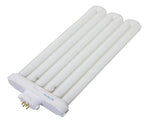
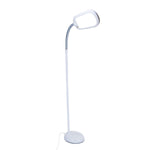

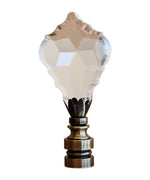

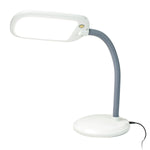




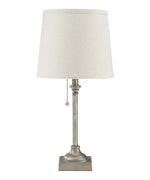


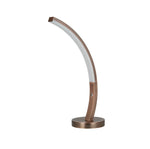
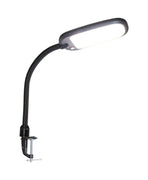


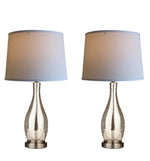
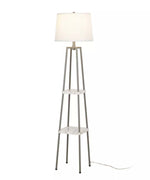










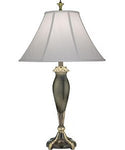

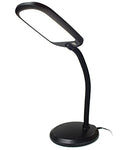


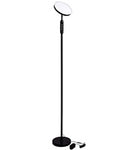

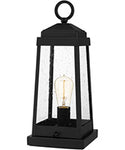
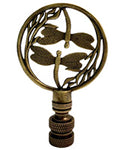
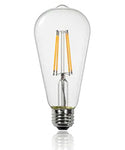
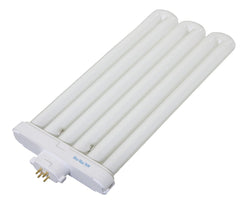
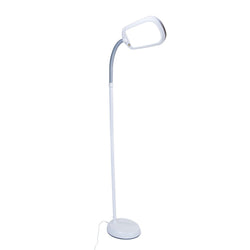
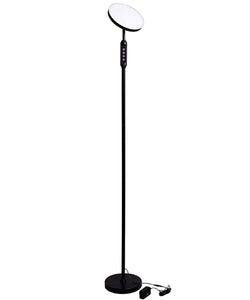
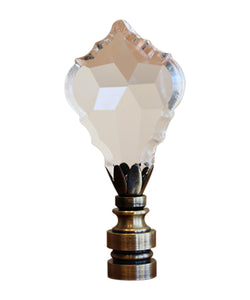
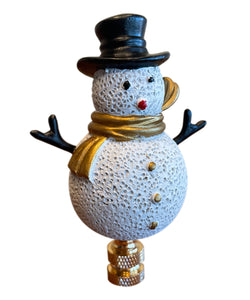

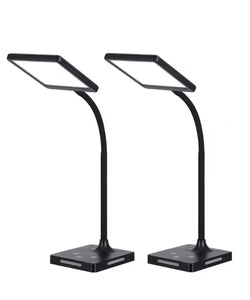

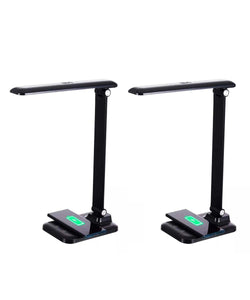


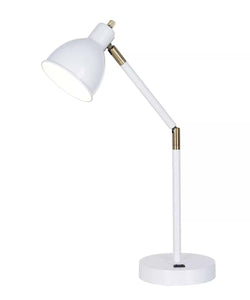
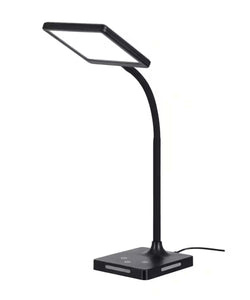

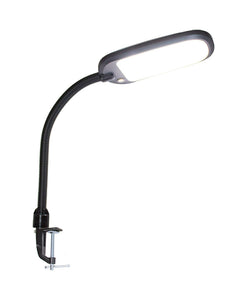

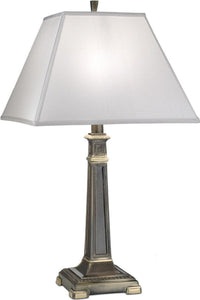

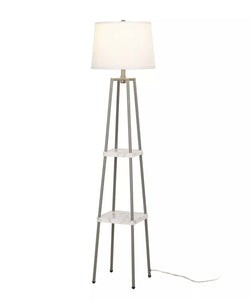
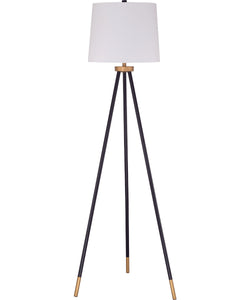
Comments